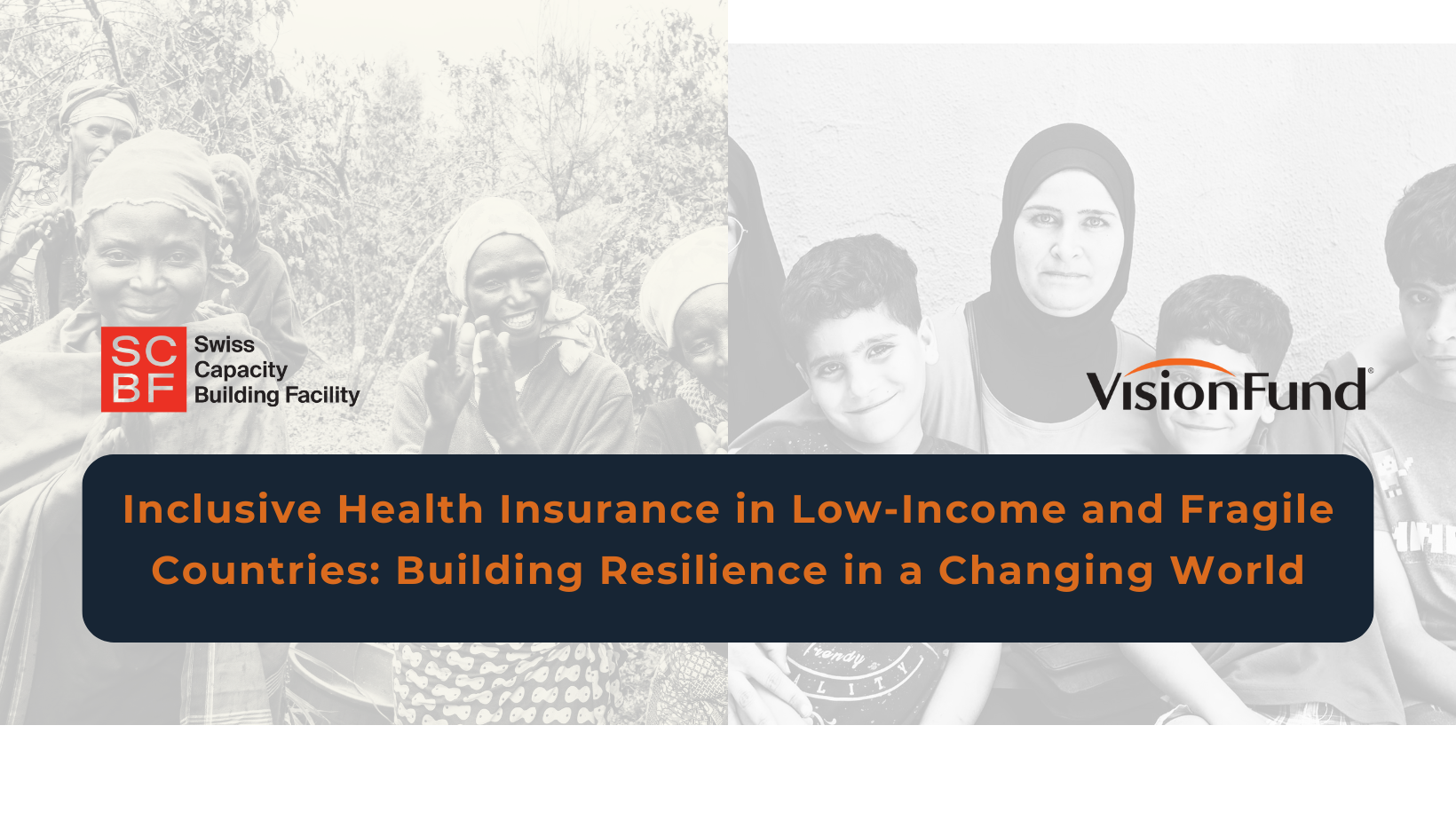Impact linked finance for meaningful and sustainable change

To further enhance inclusive finance for low-income clients, SCBF recently launched a new strategy, which includes the use of Impact-linked Finance (ILF) to support high-impact enterprises´ growth trajectory. New innovative business models are emerging which require different types of financing to grow their operations and to achieve scale. Often, they provide bundled solutions for low-income populations and use new technologies lowering the operating costs of serving them. However, these high-impact enterprises require catalytic capital, labor, and skills enabling them to enter new sectors and reach low-income households at scale. More than 80% of social enterprises struggle to attract flexible, patient and catalytic capital, often because they have a lower prospect of competitive financial returns at the early stage due to the need to overcome regulatory, infrastructure, and other market barriers that impede impact and scale. Commercial impact and venture capital investors, who invest with impact not for impact, consider these enterprises as too small or too risky to invest in. Currently, there are few suitable financing mechanisms for emerging social enterprises – leading to the Pioneer Gap, where many fail before they reach scale. To address this gap, SCBF provides patient performance-linked capital (impact-linked finance (ILF) instruments) to these enterprises by directly linking rewards to the achievement of positive impact and keeping their focus on meeting the needs of these populations while the enterprises grow and traverse the Pioneer Gap.
ILF, an emerging trend in the world of sustainable investing, represents a significant shift in how to approach the achievement of impact. This innovative approach to financing marries the concepts of impact investing with results-based financing, offering a more targeted and effective way of channeling capital towards achieving tangible, positive outcomes. Although relatively new, more than 50 ILF transactions have been closed to date, and a growing number is expected in the coming years as more and more funders move away from traditional grant making.
At its heart, impact-linked finance is about aligning the financial returns of investments with the social impact they generate. Unlike traditional forms of investment, where the financial return is often disconnected from the impact, this model ensures that financial rewards are directly linked to the achievement of specific, measurable outcomes. ILF incentivizes enterprises to deepen and accelerate their positive impact, in order to receive a financial reward. In practice, the more an enterprise creates impact (based on pre-defined metrics and conditions), the more financial reward it will receive from the catalytic funder (in our case SCBF).
“At its heart, impact-linked finance is about aligning the financial returns of investments with the social impact they generate.”
ILF represents an evolution from the traditional grant making and presents numerous unique advantages. For funders, ILF guarantees an efficient and effective use of the funding, as the reward is only provided if the impact is achieved, and the amount of the reward is directly proportional to the impact achieved. ILF also allows to increase accountability and successful implementation of projects, as, by tying financial returns to impact outcomes, there is a stronger incentive for projects to deliver on their promised impact. ILF allows entrepreneurs to gain access to catalytic capital that allows them to grow and overcome the Pioneer Gap. Additionally, ILF often makes enterprises more attractive for investors by improving their risk-return profiles. ILF is extremely flexible, and the rewards can be built into various financing instruments (grants, loans, etc.), which can be selected based on the unique characteristics of the enterprise. Finally, ILF allows companies to continue to focus on bottom of the pyramid clients.
However, the implementation of impact-linked finance is not without challenges. To be successful, a careful and long selection process is necessary, followed by a detailed structuring phase, to ensure the metrics and the reward are attainable and appropriate. Measuring impact accurately and consistently can also be complex and time-consuming, making the process longer than the traditional grant-making timeline.
Impact-linked finance represents a bold step forward in the evolution of sustainable finance and puts SCBF at the forefront of innovation. It offers a promising path for harnessing the power of the financial markets to generate real, measurable progress towards a more sustainable and equitable world.
Looking forward, impact-linked finance has the potential to transform how we address global challenges like climate change, poverty, and inequality. By more effectively aligning financial and economic incentives with social and environmental goals, ILF will play a crucial role in mobilizing the capital needed to drive meaningful change.
Cover picture courtesy: Alexandr Moroz, Getty Images























































.png)











































